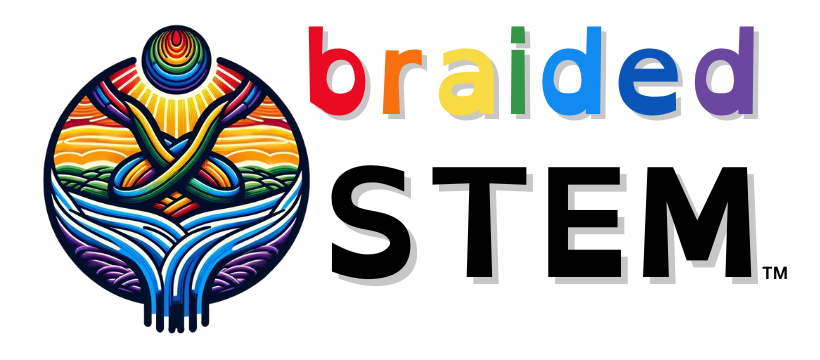Middle School
ACS Inquiry in Action: Chapter 4 – Conservation of Mass
NOTE: Those these are indicated for 5th grade, they align with both 5th grade and 8th grade AzSS standards. Through exploring melting, dissolving, and chemical change, students discover that mass is conserved during all these processes. Lesson 4.1 – Conservation of Mass Students measure the mass of substances before and after melting, dissolving, and a…
Read MoreACS Inquiry in Action: Chapter 3 – Substances Can Mix and React to Form New Substances
NOTE: Those these are indicated for 5th grade, they best align with both 5th and 8th grade AzSS standards. Students use baking soda, calcium chloride and other common substances to discover that when certain substances combine, a chemical reaction takes place, and new substances are formed. Lesson 3.1 – What’s the Difference between Baking Soda…
Read MoreACS Inquiry in Action: Chapter 2 – Substances Have Characteristic Properties
NOTE: Those these are indicated for 5th grade, they best align with 8th grade AzSS standards. Students investigate the solubility, density, and other properties of solids and liquids to identify substances based on their unique characteristics. Lesson 2.1 – Using Dissolving to Identify Substances Students compare the dissolving of salt and sugar and then conduct…
Read More6-8 Grade Band AzSS-Aligned Resources
Lessons, videos, storylines, phenomena, and more all curated by The STEMAZing Project to link directly to 2018 Arizona Science Standards.
Read MoreHypothesis Cubes Virtual – BEST Nature of Science Lesson of ALL time!
Hypothesis cubes is the BEST nature of science lesson of all time. Engage students to use evidence to support their claims and then demonstrate the way science works by leaving the “answer” unsettled in the end. This incredible activity is now available for virtual instruction through models of the cubes made using TinkerCad. Lesson plan…
Read MoreScience is… Science is not… Nature of Science Lesson
From original Sunsets, Souls, and Senses lesson from ENSI (file found below): Explores the realm and limits of science. Engages students to give examples of topics that can be studied by science, and those that cannot. This also takes a look at descriptive terms that reflect the true nature of modern science, and those that do…
Read MoreDesign Inspirations from RAFT – STEMAZing Virtual Adaptation
Design Inspirations is taken from an Idea Sheet from RAFT (Resource Area for Teaching). The following STEMAZing Teacher Guide for Design Inspirations Virtual describes how to use this lesson virtually and provides links to prepared Google Slides options to cut and paste into your own presentation, Breakout Checklist, and links to Flippity wheels designed for…
Read MoreMiddle School Virtual Orientation to Groupwork Unit
This virtualized version of the Stanford SCALE Science Unit 0 – Orientation to Groupwork for 6th grade. was co-designed by Melissa Wilburn (6th grade STEMAZing Teacher Leader with the Marana Unified School District), Sherrie Dennis (STEMAZing Robot General and Teacher Leader), and DaNel Hogan (Director of The STEMAZing Project). It can be used at any…
Read MoreScience and Engineering Practices for K-12 Science Classrooms Infographic
This interactive infographic from the National Academies Press highlights essential practices for K-12 science classrooms from A Framework for K-12 Science Education with references to the contents of the full report. Click HERE for fully interactive infographic. Below is a static PDF version of the infographic.
Read MoreIDEAS Engineering Journal
The IDEAS Engineering Journal is designed to be used to engage students to iterate through then engineering design process using a starting model of something they have built. Two looper airplanes, pool noodle rockets, and rattle writers (aka doodle bots) are some examples you might consider. Peer critique is incorporated into the journal. It can…
Read More